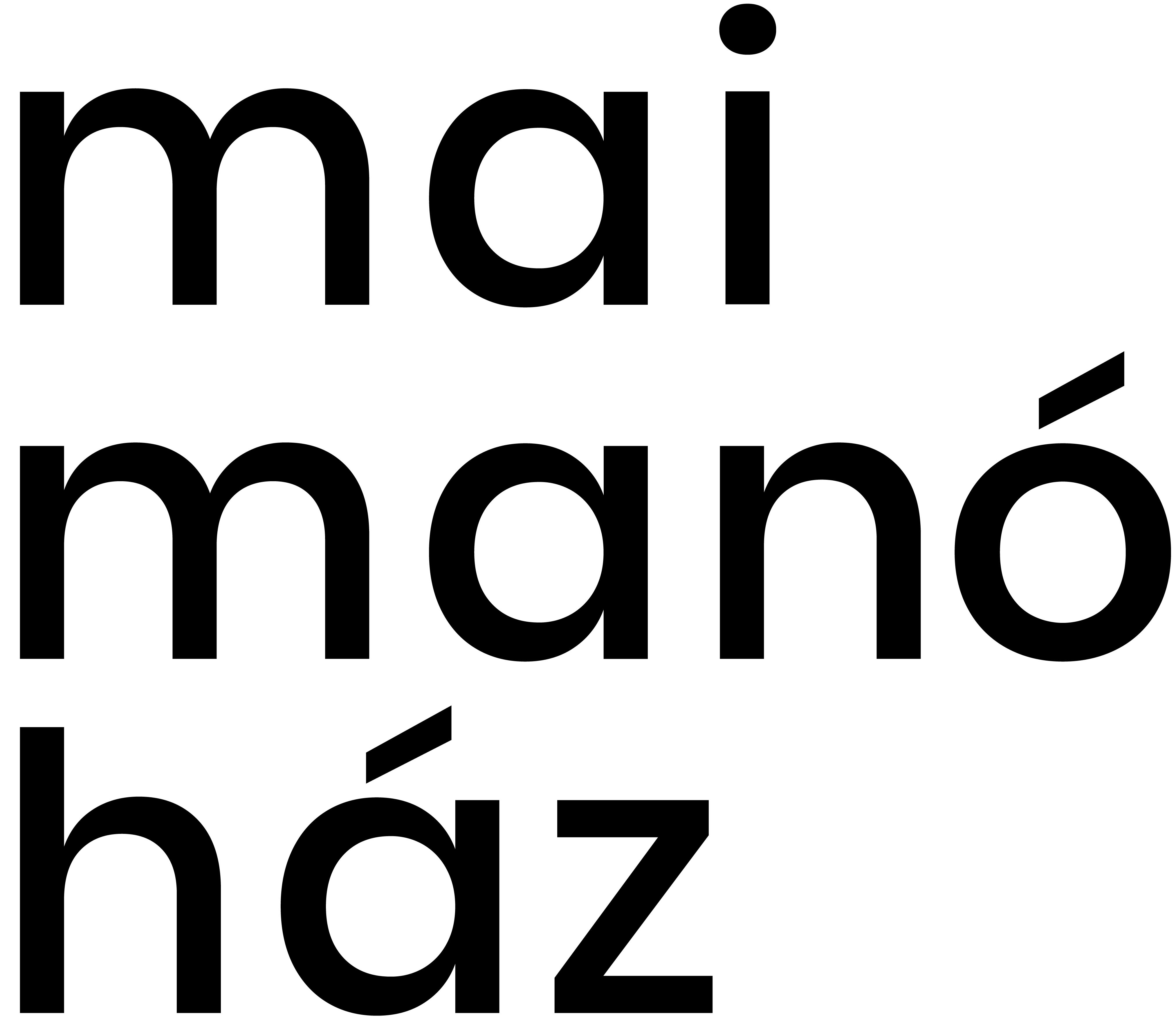Sylvia Plachy
Sylvia Plachy is an unavoidable talent of contemporary photography. In 1956, after the revolution, the world-famous Budapest-born photographer crossed the Austrian border with her parents. Part of the way they were hidden by corn in a horse-drawn farm cart. Two years later the family settled in the New York area, where she has been living with her family since then.
She took her first photographs in the Austrian Alps at the age of 15 during a school trip with an Agfa Box camera a gift from her father. The picture was of a black goat in the snow-covered white landscape.
She began taking photographs during her studies in 1964 at Pratt Institute, learning the basics of the craft during a photography course she took in her junior year; she then realized that she had found her calling. Sylvia got in touch with André Kertész at the suggestion of her teacher, Arthur Freed, who believed that the two of them were kindred spirits. The teacher was right. From the mid-sixties on, Sylvia often visited Kertész; they talked a lot about life and photography, and gradually a deep friendship developed between them. “I have never seen the moment sensed and caught on film with more intimacy and humanity.” – Kertész said of Sylvia and her work.
Since 1974, for thirty years, Sylvia Plachy was an influential staff photographer of the Village Voice, a cultural weekly newspaper in New York. For eight of those years, she had a column, the title most of the time was UNGUIDED TOUR and on the contents page in one image per week and without words she was the city’s peculiar chronicler.
Her first book, the legendary Unguided Tour came with a record by Tom Waits and featured selected images from the column and from her other Voice assignments. It won ICP’s Infinity award for best publication in 1990. Richard Avedon wrote: “Not since Robert Frank’s The Americans have I experienced a body of work of such range and power. She makes me laugh and she breaks my heart. She is moral. She is everything a photographer should be.”
Her next book, Red Light (1996) was a documentary work on the sex industry in New York with text by James Ridgeway, while the foreword to Signs & Relics (1999) was written by Wim Wenders and images from it were exhibited at the Mai Manó House in 1999.
Her fourth book, Self Portrait with Cows Going Home received a Golden Light Award in 2004. Jim Jarmusch film director’s words capture the most accurately the unique depth and beauty of this shocking book: “The small texts and remarkable images that comprises Self Portrait with Cows Going Home create a collective map where the textures of a personal history of Eastern Europe mix fact, memory, and dream. Plachy’s haunted photographs are perfect in their imperfection, devoid of unnecessary weight, each one its own self portrait – but somehow from the inside out.” An exhibition of selected images from the album was organized at the Budapest Gallery’s Exhibition House in Lajos Street in 2006.
She subsequently published Going on About Town (2007) and Out of the Corner of My Eye (2008).
Her photography work has been accompanied by continuous success and recognition. In 1977, she received a Guggenheim Fellowship. In 2004, the WIPI (Women in Photography International) gave her a Lucie Award, which previously was granted to Annie Leibovitz (2003). In 2009, she was given Dr. Erich Salomon award by the German Society for Photography (DGPh) for her lifetime achievement in photojournalism.
Her photographers have appeared in Vogue, Camera Arts, Artforum, The New York Times, Granta, Grand Street, Newsweek, Conde Nast Traveler, Metropolis Magazine, and New Yorker. She has had multiple solo shows around the globe from Tokyo to Los Angeles. Her works are in private and museum collections including, amongst others, Guggenheim Museum (NYC), Museum of Modern Art (NYC), San Francisco Museum of Modern Art, Bibliothèque nationale de France (Paris).
Her son – the Oscar-winner Adrien Brody – was born in 1973 and became her constant model: “I couldn’t take my eyes off him. Here was this vibrant little being; his emotions mirrored in his face.” – said Sylvia Plachy in an interview later. The photographs of her son are integral part of her oeuvre and, to this day, she wishes her friends and acquaintances happy holidays at the end of each year with a picture taken of Adrien in that given year.
Sylvia Plachy’s life is an example of how an immigrant – a child of a family having to start all over again – can realize her dream and keep her humanity while she builds a career and together with her husband raises a uniquely talented boy. Her husband, Elliot Brody is a retired history teacher, who was born in New York City.
In her life and images, Sylvia Plachy sustains what Central European roots mean for her. She looks back at her first thirteen years in Hungary as a decisive period of her life, cherishing childhood friendships and using the values of her parents as her inner compass to guide her to this day.
Starting in 1965, she returned frequently, like a pilgrim. She visited her grandmother, her friends and the smells and scenes of her childhood. Her newfound language, photography was the bridge that connected past and present.
